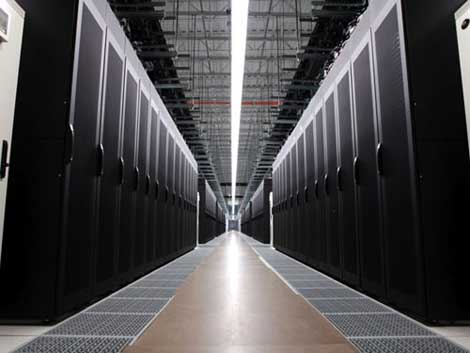
Consolidation projects are plentiful with organizations trying every which way to save money on infrastructure costs. Companies are getting more creative in how they consolidate their environments. We’re not just talking about hardware any longer. Sure, virtualization still plays a big role in the consolidation effort, but there are plenty of other tools as well.
Executives are tasking managers with looking at more ways they can run leaner and more efficiently. The challenge here isn’t just to scale the environment for today, but to build an infrastructure for tomorrow as well. So, let’s take a new look at the consolidation efforts by breaking the conversation down into three major components: Hardware, software, and the user.
Each element has its own complexity and, if planned our properly, can be consolidated and run better and longer for an organization.
Hardware
The hardware conversation has evolved beyond just servers. We can open up the conversation in the comments section but aside from servers, we’re seeing a whole new level of hardware-based consolidation efforts.
- Switches. Have you seen some of the intelligent switches coming out recently? These devices can do what 10 to 15 switches would have to do in the past. We’ve now entered the world of network virtualization as well. Software-defined technologies help organizations enable such things as Global Server Load Balancing and device interrogation. Furthermore, SDN has helped many companies create an even more robust disaster recovery and business continuity environment
- Storage. Multi-tenancy is becoming very big in the storage industry. Intelligently carve out controller pieces and give numerous departments their own slice. Sometimes called storage virtualization, the idea is to better utilize storage controllers to their fullest capabilities. Why have multiple physical controllers when one can handle multiple departments?
- Blade Chassis. HP, Cisco, Dell, IBM, and so on. All of these makers are creating more efficient and consolidated pieces of hardware. This has also helped improve wiring. The big conversation is around unified computing and high-density equipment. As more consolidation projects take place, administrators need to look at more efficient systems which are capable of scaling with the needs of the business.
- Rack Management. Controlling rack space has become a big initiative for many organizations. Cooling, power, and airflow are all now talking points in trying to make an environment more dense and efficient. Many organizations are now deploying “green” initiatives to help them fight costs and help out the environment.
Software
The software conversation is evolving as well. The data center consolidation effort not only revolves around the hardware component, but the software element as well. Administrators are trying to use less software to accomplish more.
Let me give you an example: management tools. In the past, native tools would be used to help support a given infrastructure. Now, software components and integral pieces of an environment are so diverse that native solutions just don’t cut it anymore. Why have six different management platforms when just one can work? So, vendors are switching from an individual software offering, to plug-ins or management packs that tie into agnostic systems management tools. SCCM 2012 and SCOM 2012 are great examples where organizations can create packs to help manage their infrastructure under one roof – i.e. Veeam for VMware and Hyper-V or Comtrade for Citrix. Furthermore, products from BMC and IBM are further helping integrate systems into one management console.
These efforts translate into fewer, VMs, less physical server demands – and thus a leaner data center.
User (Density)
The general user model has changed. As organizations grow, they have to place more users on more systems. But that’s not really efficient. So, IT managers have to find ways to increase user density while still keeping costs low. Virtualization is one way of doing it, cloud computing is another.
A growing management model has grown out of a new term: user virtualization. Organizations are finding ways to virtualize user settings and allow them to carry those settings, metaphorically, in their pockets. By doing so, there are fewer demands on underlying servers and core system components – and it creates a happier end user since their settings are carried with them at all times. By controlling the user layer, managers are able to better see what they are doing and how they are using core infrastructure components. As an organization grows, having user metrics and a fluid environment will help facilitate very efficient data center expansion.
The really interesting part, as mentioned earlier, has been the creative ways that companies are consolidating their environments. Better rack management and more efficient data center build outs have also helped companies manage their environments more effectively. The data center is becoming more and more a central piece for any organization. Now, as IT goals begin to better align with business needs, administrators can help make the data center a revenue generating resource.




